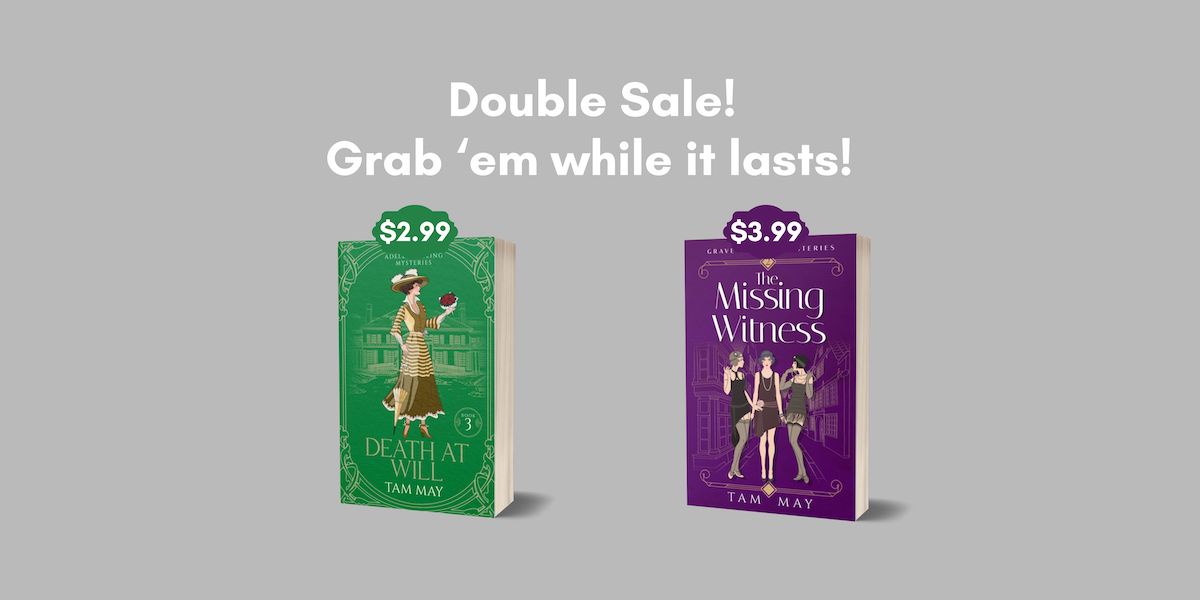
In this caricature, made at the end of the Blue Stocking Society heyday, the disbanding of the club can only be seen in terms of violence and hysteria because women who didn’t fit the mold of the “angel in the house” were seen in this way. So in the thinking of the male artist, even their intelligence and wit can’t save them from behaving like women!
Photo Credit: Breaking Up of the Blue Stocking Club, Thomas Rowlandson, 1815, hand-colored etching, Metropolitan Museum of Arts, Drawings and Prints: TemboUngwe/Wikimedia Commons/CC0
In Pathfinding Women, the third book of my Gilded Age family saga, the young women of her wealthy society accuse the protagonist Vivian Alderdice, of being a “bluestocking.” Like many terms referring exclusively to women, this one has positive origins but became negative with time.
The term referred to an actual 18th-century British club called the Blue Stockings Society and was created as a place where both women and men (though mostly women) could discuss literature and the arts. The name comes from a type of casual dress style (the worsted wool “blue” stocking) which was generally not considered proper dress for anyone but the peasants (ironic, considering the group was made up of well-to-do people, and its aim was to discuss formal topics…).
The society was led by author and social reformer Elizabeth Montagu. Montagu provided a place for intelligent and privileged women such as playwright Hannah More and author Frances Burney a safe place to bring forth their passion for the arts and gain support from fellow enthusiasts. The club was active and popular until the late 18th century, and, looking back at history, we might understand why. As I wrote here, the philosophy of the separate spheres began to take precedence in the thinking of intellectuals about the role of women and men in society around this time. Women, remember, were regulated mostly to the private sphere, destined to take care of their family and limit their public interest to church and charity. Thus, intellectual pursuits for women were discouraged, and any woman who didn’t fit the mold was looked upon in a negative light.
This is also why the term “bluestocking” began to take on unflattering connotations in the 19th century. These women were seen, by Victorian standards, as unmarriageable either because they were too unattractive, too old, too educated, or any combination of the three. They were a nuisance in society, trying to compete with intellectual men (and unable to, of course). Many caricatures went out during this time about the bluestocking (like the one by Rowlandson above).
So it’s no surprise when the wealthy young women of Nob Hill in my book get catty, the first thing they do is insinuate that Vivian, because she prefers books to flirtations, is a bluestocking. At one point in the novel, Vivian laments:
“Her daily walks made her less fragile than Amber and her friends and she had heard sniffing remarks on her “bluestocking” pursuits in pockets of parties and after-dinner conversations.”
Despite the fact that Vivian is a progressive young woman, she falls victim to the stigma attached in the Gilded Age to any “bookish” unmarried woman and asks her mother in a worried tone, “Do you think he [Monte Leblanc, the man she’s pursuing] has the notion from Fern that I’m a bluestocking?” Her mother reassures her Mr. Leblanc has no such idea.
If you’d like to take a look at Pathfinding Women, you can do so here. To find out more about the series, you can go here. You can also find information on Books 1 and 2 of the series here and here. Book 4 of the series, Dandelions, will be coming out in December 2020, so come check it out here.
Want to explore the nooks & crannies of history, the stuff that isn’t in the history books?Like social and psychological history and not just historical events and dates? Want in on exclusive sneak peeks, giveaways, and polls? Then sign up for my newsletter! Plus, you’ll get a free short story when you do :-). Here’s the link!

